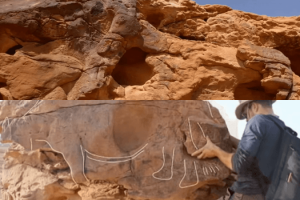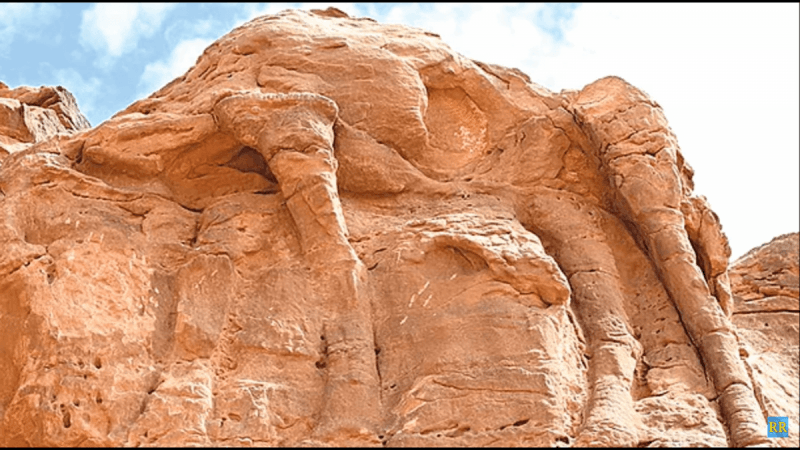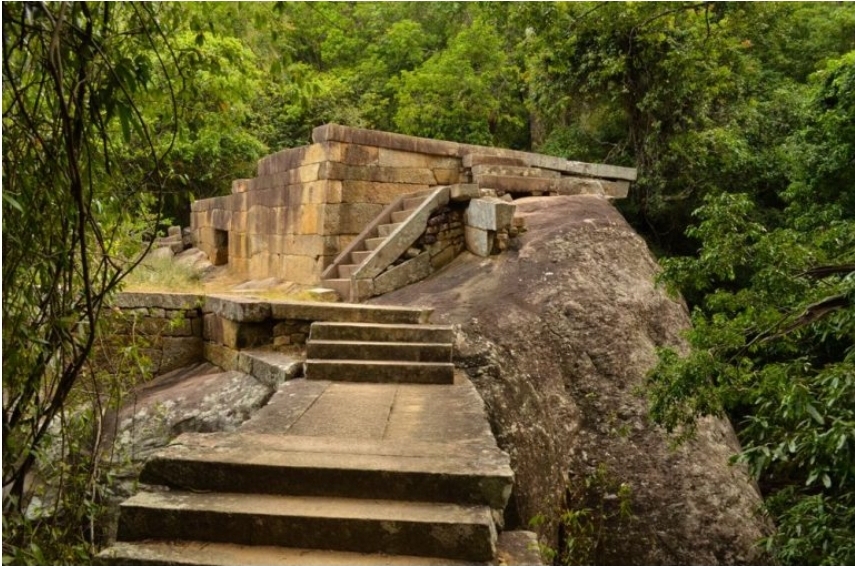Camel sculptures from Saudi Arabia, dating back 8000 years, are a popular gathering place for nomadic tribes.
According to recent research published in the Journal of Archaeological Science, camel sculptures in Saudi Arabia dating back to the ancient period may have served as meeting places for nomadic tribes. These sculptures originate from the Neolithic Period, the Stone Age’s last epoch.
Using X-ray analysis and luminescence dating, a team of 14 experts from Europe and the Middle East investigated the Camel Site in depth. When these sculptures were discovered in 2018, it was assumed that they were 2000 years old; however, this latest study places the camels at 7,000 to 8,000 years old.
Camel reliefs, according to published research, are the world’s earliest large-scale animal reliefs. Furthermore, the camels are the first three-dimensional Neolithic sculptures found.
The researchers re-dated the sculptures using erosion patterns, tool marks, and animal bones found at the site. Scientists used luminescence dating to age rocks by analysing the energy of photons produced by rocks exposed to natural infrared and heat radiation.
Anatomical structures can determine when they were exposed to light or heat for the first time. The tool markings suggested a stone instrument rather than a metal one, suggesting that the researchers were in unknown terrain.
[adinserter block=”6″]
There were 21 engravings on three rock spurs. Each would have taken ten to fifteen days to complete using chert rock tools that would have required frequent refining and replacement.
“They are extremely spectacular, and considering that we see them now in a very degraded state with many panels missing, the original site must have been just mind-boggling,” said Maria Guagnin of the archaeological department at Germany’s Max Planck Institute for the Science of Human History.

Although the purpose of the camel sculptures is uncertain, experts believe they may have acted as a meeting place for nomadic tribes.
“Neolithic tribes often reverted to the Camel Site, suggesting that its meaning and function were retained through many generations,” Gauguin claimed, emphasising that the sculptures were constantly repaired.
Additional Prehistoric Discoveries
According to archaeologists, the findings significantly alter our view of historic migration from Asia to the Americas. David Bustos, an archaeologist at New Mexico’s White Sands National Park, found the remains on the bank of a long-gone lake in 2009.
His team utilised radiocarbon dating to establish the age of a large number of seeds from the water ditch plant Ruppia cirrhosa that became lodged in the impressions. They came to the conclusion that the marks were made between 22,800 and 21,130 years ago.
Another finding occurred in Israel. Israel scientists have found a rare historical site near Tel Aviv that has been dubbed a “paradise” for hunter-gatherers 500,000 years ago.
[adinserter block=”6″]
Between Jaljulia and the Route 6 motorway, the ancient landscape was uncovered around 5m (16ft) below the surface. Hundreds of flint hand axes were discovered by the Israel Antiquities Authority, which collaborated with the university on the excavation.
The findings imply that it was used by modern humans’ progenitors, Homo erectus, at some time in their evolution.




